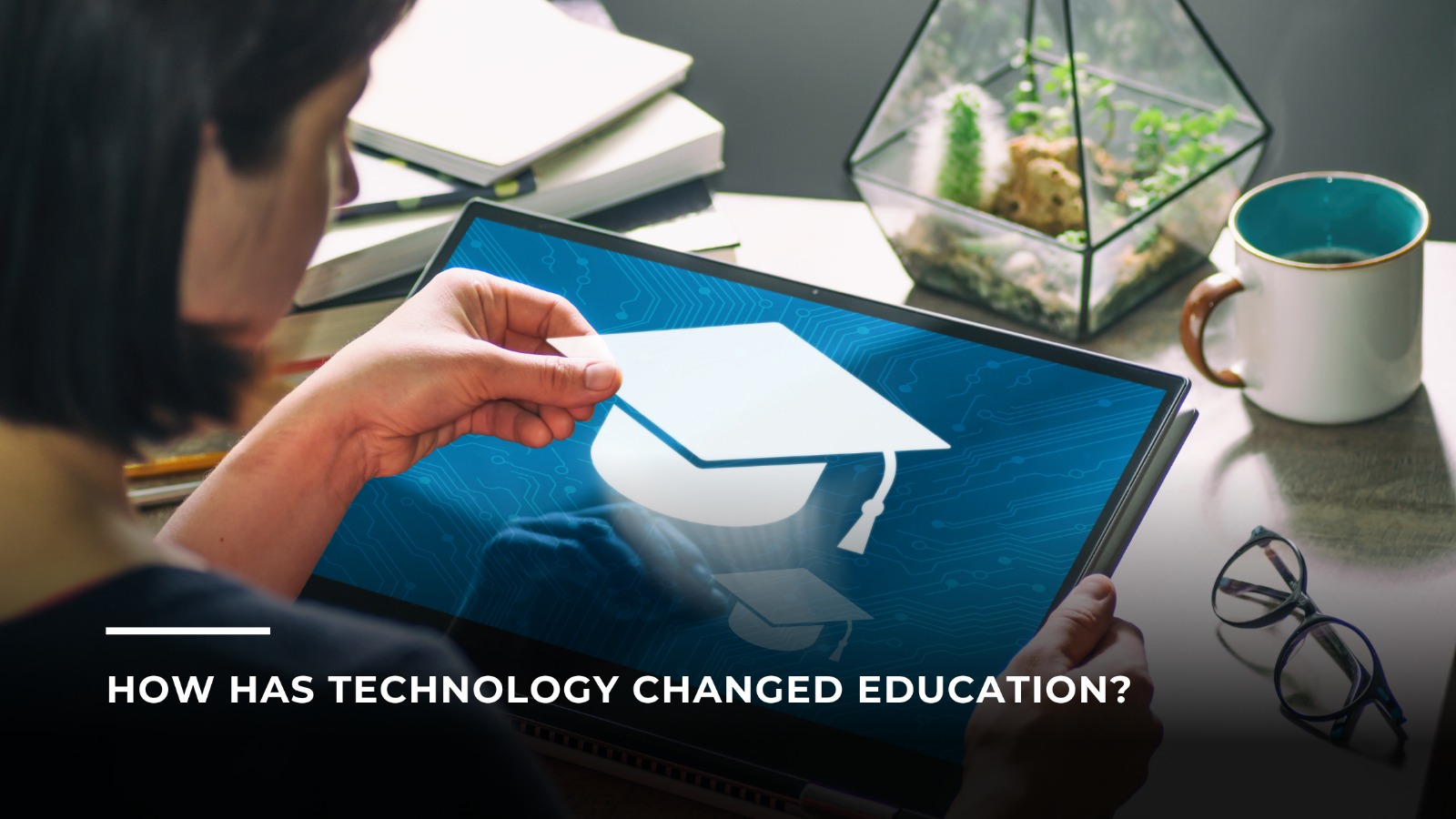Over the past few years, technology has grown exponentially in every sector, including education. It all started with digital learning during the pandemic to upskilling courses introduced online. Today, many new platforms offer online certification courses, and universities are providing online teaching for their courses from anywhere in the world. Technology has made education more accessible, efficient, and engaging for learners, but it still has challenges on the path to digital education.
What has changed?
Accessibility
Technology has enabled access to education for learners who were previously unable to attend traditional classrooms. Distance learning, e-learning, and other forms of online education have become popular alternatives. Students can interact with their teachers and classmates from anywhere in the world, making education more accessible to those who can’t access it due to geographical, financial, or other reasons. With technology, learners gain knowledge at their own pace and schedule, allowing for a more flexible approach to education.
Different methods of learning
Today, educators can deliver content in new and innovative ways, making education more engaging for learners. From Augmented Reality, animations, and educational films to interactive content, educators have many such multimedia tools helping make learning more interactive, exciting, and memorable. According to the Cognitive Theory of Multimedia Learning theory by Mayer and Moreno (1999), students can achieve a deeper understanding and learning when information is presented as both text and graphics, making multimedia a wonderful tool for learning.
These tools allow learners to explore complex concepts in a way that is easier to understand, retain, and apply. In addition, educators can use technology to personalize learning experiences for individual learners, catering to their unique learning styles and abilities.
Better Communication
Teachers can use email, messaging apps, and video conferencing to communicate with students and provide support outside the classroom. Pupils can easily ask the teacher any queries if they’re nervous. Students can also collaborate on group projects and share information using online platforms.
More Efficient Learning
Today, educational institutions can turn their offline classes into online ones if they keep the school/university closed due to bad weather. With the aid of technology, learners can access educational materials at any time and from anywhere, reducing the need for travel and expensive textbooks. Additionally, technology has streamlined administrative tasks such as grading, record-keeping, and communication, allowing educators to focus more on teaching and interacting with learners.
While this all sounds exciting on the face of it, there are many challenges on the path of digital education.
- Even though online education is accessible, efficient, and engaging, it’s also vulnerable to quality issues such as plagiarism, cheating, and inadequate learning outcomes. To ensure quality online education, institutions will have to carefully design and evaluate their courses, use effective assessment methods, and provide learners with the necessary support and feedback.
- Who can forget the digital divide? While some students have access to high-speed internet and the latest devices, others do not have access to basic technology such as a computer or a stable internet connection. This digital divide can exacerbate existing inequalities and limit access to education for disadvantaged learners.
There are other issues, like an increased financial burden on parents for devices, increased screen time for students and more. It is important that along with appreciating the positive transformation technology brings to education, people also need to look at the disadvantages or harms of it and try to resolve those too.

